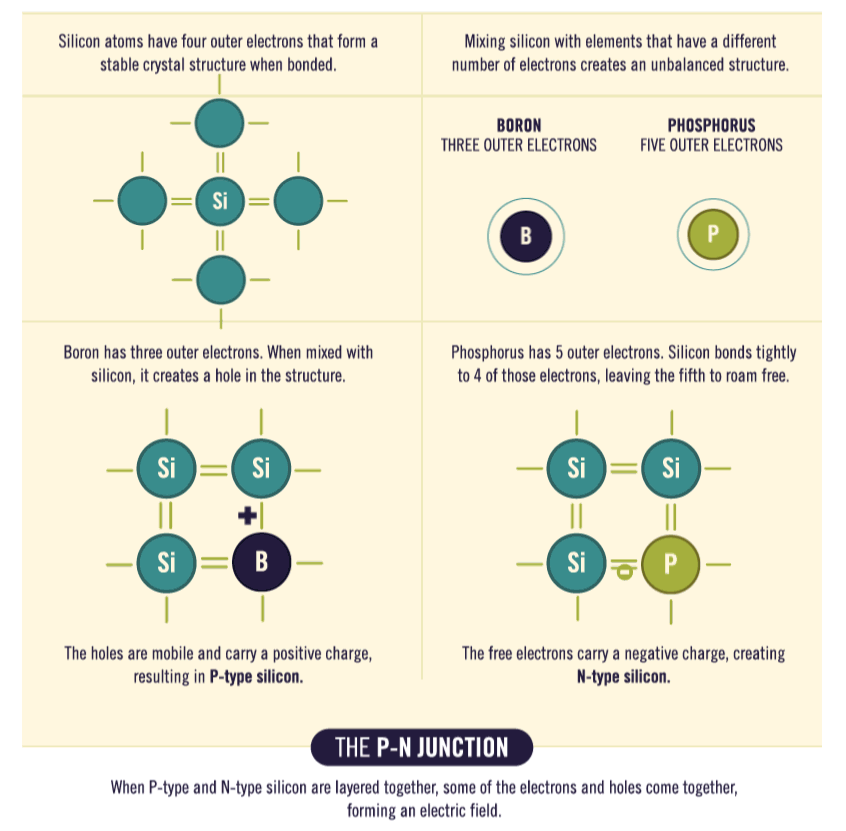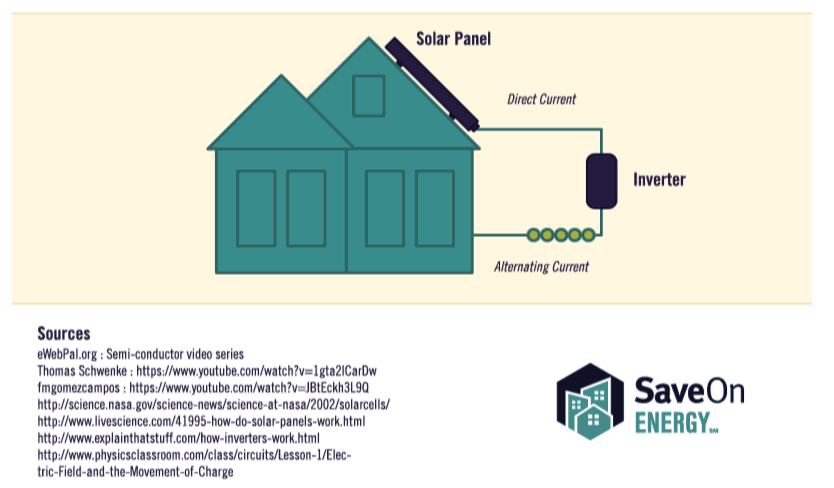Solar power remains much in the news these days. Carbon opponents embrace it as a method to generate electricity without harming the environment. Solar “farms” are taking shape all around the country – many in view of highways – and people increasingly are placing panels on their roofs, powering their homes and in many cases selling excess power.
This is an exciting time for solar generation in the U.S and the rest of the world. According to U.S. Energy Information Administration, solar power generation has more than tripled since 2014. California generated more than 10 percent of its electricity using solar technology in February 2019, and Nevada produced nearly 9 percent from the sun the same month.
The question many people have is: How does solar work? Unlike power from a wind turbine or even a power plant, solar panels don’t seem to have any moving parts — so how exactly is that energy being produced?
The simple answer is that solar panels are made up of silicon and conductive metals, which form an electric field. When sunlight hits, the solar energy shakes electrons in the silicon out of their “natural” state, while a circuit attached to the panel is able to generate a current out of those electrons’ desire to return to their original positions within the panel.
If this seems a little too complicated, don’t worry! Our visualization breaks down everything into easy-to-understand sections — you won’t need to remember your physics or chemistry classes to understand. Check it out below:




Source: saveonenergy.com


